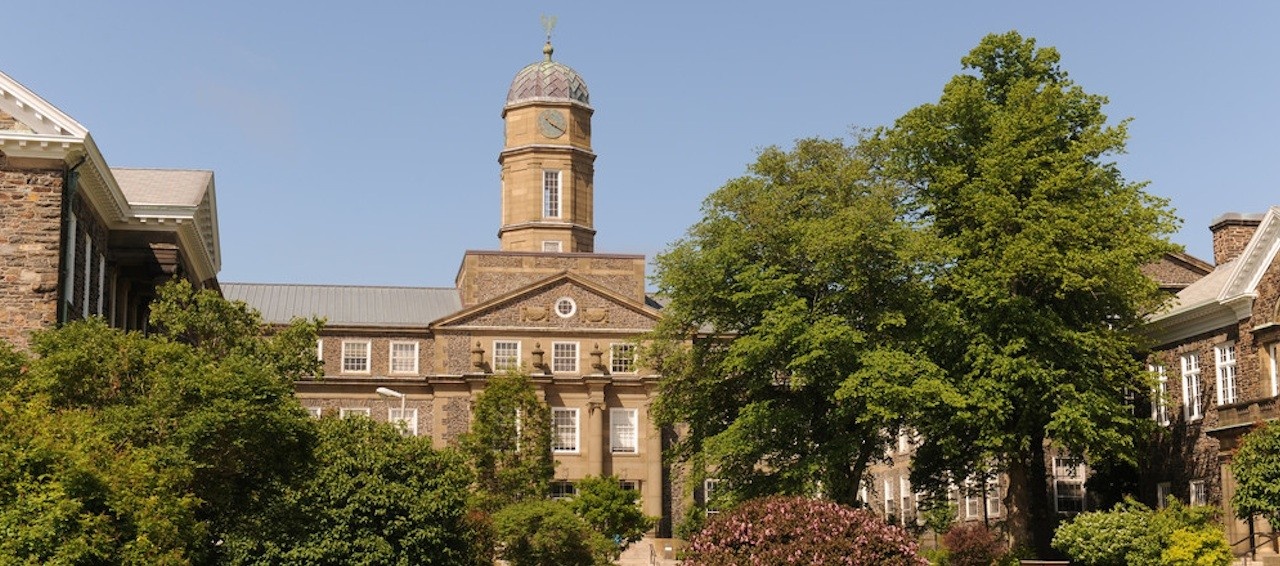Pest Management Policy
Policies and Procedures
Division:ÌýEnvironmental Services
Unit:ÌýGrounds and Transport (Contracted Services)
Policy / Procedure Topic:ÌýPest Management
Reference Number:Ìý31-102-00
Last Reviewed:ÌýAugust, 1999
Introduction
Structural and landscape pests can pose hazards to people, property, and the environment. Pesticides which may be required to treat the problem are, by design, often toxic and pose a potential risk of their own.
Policy
To incorporateÌýIntegrated Pest Management (IPM) procedures in order to control structural and landscapeÌýpestsÌýin a safe, efficient and effective manner within the buildings and on the grounds of HÂþ» University.
Note
a)ÌýHÂþ» University contracts the services of a professional pest management company (herein referred to as "the contractor"), in order to fulfill its pest management obligations.
b)ÌýAll pesticides used byÌýthe contractorÌýon HÂþ» University property are registered under the federal Pest Control Products Act and are identified by a Pest Control Product (PCP) number.
c)ÌýAll pesticide technicians employed byÌýthe contractorÌýto perform work at HÂþ» University are certified applicators as specified and regulated under Section 84 of the Nova Scotia Environment Act.
d)ÌýThe Department of Facilities Management's commitment is to not use pesticides or herbicides in lawn and garden applications, other than in exceptional circumstances.
Procedures
1)ÌýWhen a pest problem is encountered, the reporting departmental or faculty designate is to contact the Department of Facilities Management (Loc. #3302 or #3720) with the specifics (i.e., type of pest, if known; department name and location; contact person's name and local telephone number). The reporting department/faculty designate isÌýnotÌýto contact the pest control contract company directly.
2)ÌýThe Facilities Management designate will immediately contact the pest controlÌýcontractorÌýto report the specific problem and the details that have been provided in procedure #1.ÌýThe contractorÌýhas been instructed to respond only when initially notified of a problem by the Facilities Management designate.
3)ÌýThe contractorÌýrepresentative will call the department/faculty contact person to verify the problem and to arrange for a suitable time to service the affected area.
4)ÌýThe contractorÌýwill visit the site at the earliest pre-arranged opportunity (but guarantees a site response within 24 hours). Every effort will be made to arrange for the site visit and any necessary treatment during business off-hours.
5)ÌýThe contractorÌýwill notify the Facilities Management designate advising of any need for pesticide use, indicating the precise location and timing of the treatment.
6)ÌýA Facilities Management Environmental Services supervisor or designate will, in turn, notify Custodial Services personnel who may be assigned to the treatment area during business off-hours. Custodial Services personnel will abide by the re-entry information specified on the notice sign posted byÌýthe contractorÌý(see procedure #7).
7)ÌýWhen ready to apply a pesticide treatment,Ìýthe contractorÌýwill post a notice sign, in a prominent location at the application site. The notice sign will advise of the pesticide application and all relevant details (a sample of the posted notice sign is attached to this policy statement).
8)ÌýOnce the pesticide application is complete,Ìýthe contractorÌýwill note the details of the visit in theÌýpest management log book, which is to be kept in the reception area (or other area designated by the departmental administrator) of each department/faculty. The details will include the date, reported problem, site observations, treatment (pesticide or otherwise), time of completion and recommended follow-up.ÌýThe contractorsÌýapplicator will include her/his signature indicating that the treatment visit is complete. A copy of the notice will be left with the Security Office for collection by an Environmental Services supervisor the following morning.
9)ÌýAs appropriate,Ìýthe contractorÌýwill notify the Facilities Management designate of any measures recommended to be taken by University staff in order to decrease the likelihood of a pest problem (for e.g.: the need to shampoo carpets in a given area in order to discourage a problem with fleas). Facilities Management will in turn inform the building manager or designate at the earliest opportunity.
10)ÌýCopies of all application notice signs will be filed in the Department of Facilities Management, the Security Office and the Safety Office. TheÌýcontractorÌýwill supply an Annual Report of Pesticide Utilisation at HÂþ» University. The report will include the number of applications and the name and amount of each pesticide used. The report will be filed with both the Department of Facilities Management and the Safety Office.
Discussion
Pests
Pests are populations of living organisms (i.e., insects, rodents, bacteria and weeds) that interfere with the human purposes for an area. Strategies for managing pest populations will be guided by the species of pest and the threat they pose to people, property and the environment.
Pests will be managed to:
- reduce any potential human health hazard or to protect against a significant threat to public safety
- prevent loss or damage to university structures or property
- prevent pests from spreading in the community or to plant and animal populations beyond the campus
- enhance the quality of life for university building occupants
Integrated Pest Management (IPM)
IPM procedures will determine when to control pests and whether to use mechanical, physical, chemical, cultural, or biological means. IPM practitioners depend on current, comprehensive information on the pest and its environment and the best pest control methods. Applying IPM principles discourages unacceptable levels of pest activity and damage by the most economical means and with the least possible hazard to people, property and the environment.
The choice of whether or not to use a pesticide and, if so, which pesticide to use, will be based on a review of all other available options and a determination that these options alone are either not acceptable or feasible. Selected non-chemical pest management methods will be implemented appropriately. The full range of alternative pest control measures, including no action, will be considered. When it is determined that a pesticide must be used to meet important management goals, the least hazardous material will be chosen. The application of such pesticides is subject to regulation by federal and provincial legislation in the form of the Pest Control Products Act and the Nova Scotia Environment Act, respectively.
